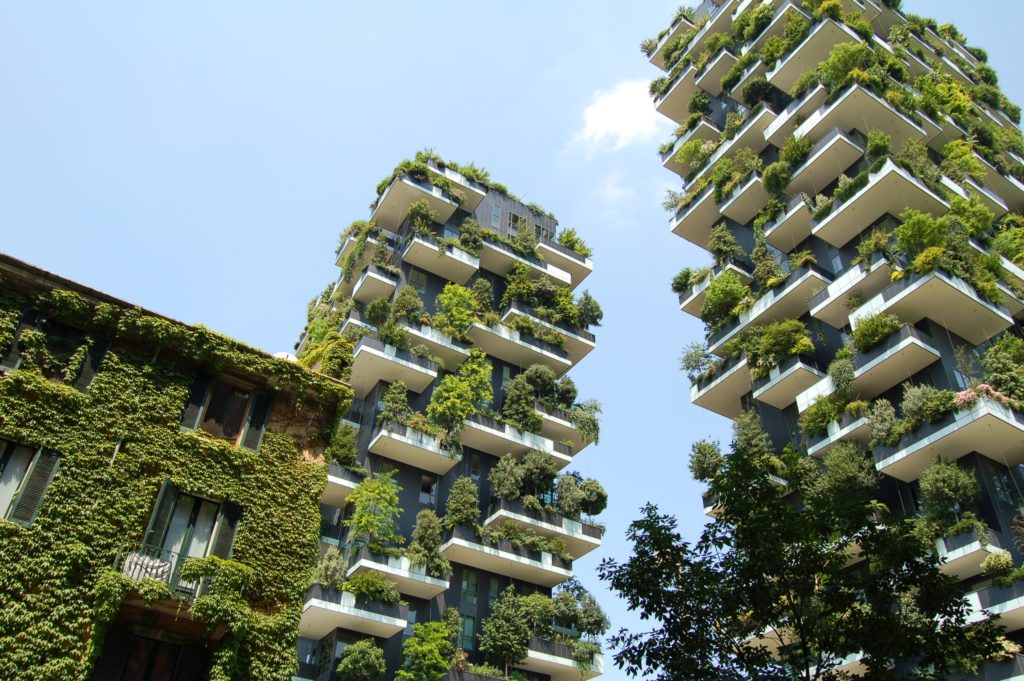 Setting aside what’s for supper and plans for the weekend, for most of us, our plan for the future is to carry on doing what we do now, but perhaps a bit better and a bit more. But is that good enough? That was Blockbuster Video’s plan and look how that ended up. I am always suspicious when people say to me that we are living through a revolution – I have been told that for most of my life. But there is no doubt that that we are being buffeted by winds of change, some of which will lead to permanent alterations in how we work. I think there are three main socio-economic changes that we face, along with a couple of further trends within our industry.
Setting aside what’s for supper and plans for the weekend, for most of us, our plan for the future is to carry on doing what we do now, but perhaps a bit better and a bit more. But is that good enough? That was Blockbuster Video’s plan and look how that ended up. I am always suspicious when people say to me that we are living through a revolution – I have been told that for most of my life. But there is no doubt that that we are being buffeted by winds of change, some of which will lead to permanent alterations in how we work. I think there are three main socio-economic changes that we face, along with a couple of further trends within our industry.
 The first is an obvious one – digital technology; although it is not always quite so obvious how it will affect us. Some of these changes have already taken hold – social media, digital design tools, Skype, etc., and we ignore these at our peril. However, some of the biggest upsets in markets come around delivery of service rather than the actual service – look at Uber or Air BNB for example. They are also difficult to predict and take hold remarkably quickly. The key here is simply to be open to new ideas and quick to adapt.
The first is an obvious one – digital technology; although it is not always quite so obvious how it will affect us. Some of these changes have already taken hold – social media, digital design tools, Skype, etc., and we ignore these at our peril. However, some of the biggest upsets in markets come around delivery of service rather than the actual service – look at Uber or Air BNB for example. They are also difficult to predict and take hold remarkably quickly. The key here is simply to be open to new ideas and quick to adapt.

The baby-boomer demographic has had a an impact on the economy all the way through.
The next two are to do with demographics and are in many ways opposite sides of the same coin. So, my second big change is Baby-boomers. That’s me and some of you. Essentially this is people born between 1945 and 1965. This group has distorted the economy all the way through from the 1950s onwards. The oldest of these people are already retired and virtually all will have stopped being economically active in terms of earning over the next 15-20years. Research shows that people spend significantly less (particularly on capital items) after the age of 70, which includes things like garden design. How many of your current clients are 52 or older – most?

The millennial generation have a different outlook on consumption from their parents generation
And what of that group the millennials, my third big trend? This refers to people born between 1982 and 2004. There are significant differences between how this and the previous group spend their money. In short, Baby-boomers spend on possessions and millennials on experiences. With the costs of education and housing rising sharply relative to earnings over the last twenty years, this group either cannot afford to buy a house in the first place, or cannot spare much to spend on it.
What do these changes mean to us? I would argue that it probably won’t change the overall size of the landscape industry significantly, but it may change the focus. For example, there may be a drift away from private gardens toward communal spaces in long-term rental estates (as in parts of continental Europe). There is already a noticeable trend for the upper end of restaurants, hotels etc. to spend more on gardens. And an aging population may mean more spending on lifecare and healthcare institutions.
 Finally, I promised two trends within our industry. The first of these is what I call the ‘blurring of boundaries’. Partly due to the pressures of change, there are no longer sharp boundaries between the professions, sources of work, and how it is delivered. To give you an example, twenty-five years ago, public space would have been paid for some form of local government and designed by a landscape architect. These days it may be planned by an Urban Designer, paid for by a developer and detailed by a Garden Designer (who is probably employing a landscape architect!). So an ability to be flexible and form partnerships (in the broader sense) is essential to survival.
Finally, I promised two trends within our industry. The first of these is what I call the ‘blurring of boundaries’. Partly due to the pressures of change, there are no longer sharp boundaries between the professions, sources of work, and how it is delivered. To give you an example, twenty-five years ago, public space would have been paid for some form of local government and designed by a landscape architect. These days it may be planned by an Urban Designer, paid for by a developer and detailed by a Garden Designer (who is probably employing a landscape architect!). So an ability to be flexible and form partnerships (in the broader sense) is essential to survival.
Bosco vertical by Stefan Boeri – green infrastructure at its best?
The second industry trend is that of green infrastructure, again much of it paid for by development. Green roofs, living walls, the high-line and even community gardens are all examples of the more granular end of this, but at all levels and scales there are opportunities for our profession here.
There may be many changes afoot, some of which will undoubtedly be negative in their impact. My view is that if we remain open to opportunity and collaboration, then we can insulate ourselves from the worst sides of flux and take advantage of the most positive aspects.
(originally published as an article in the Garden Design Journal, November 2017)

